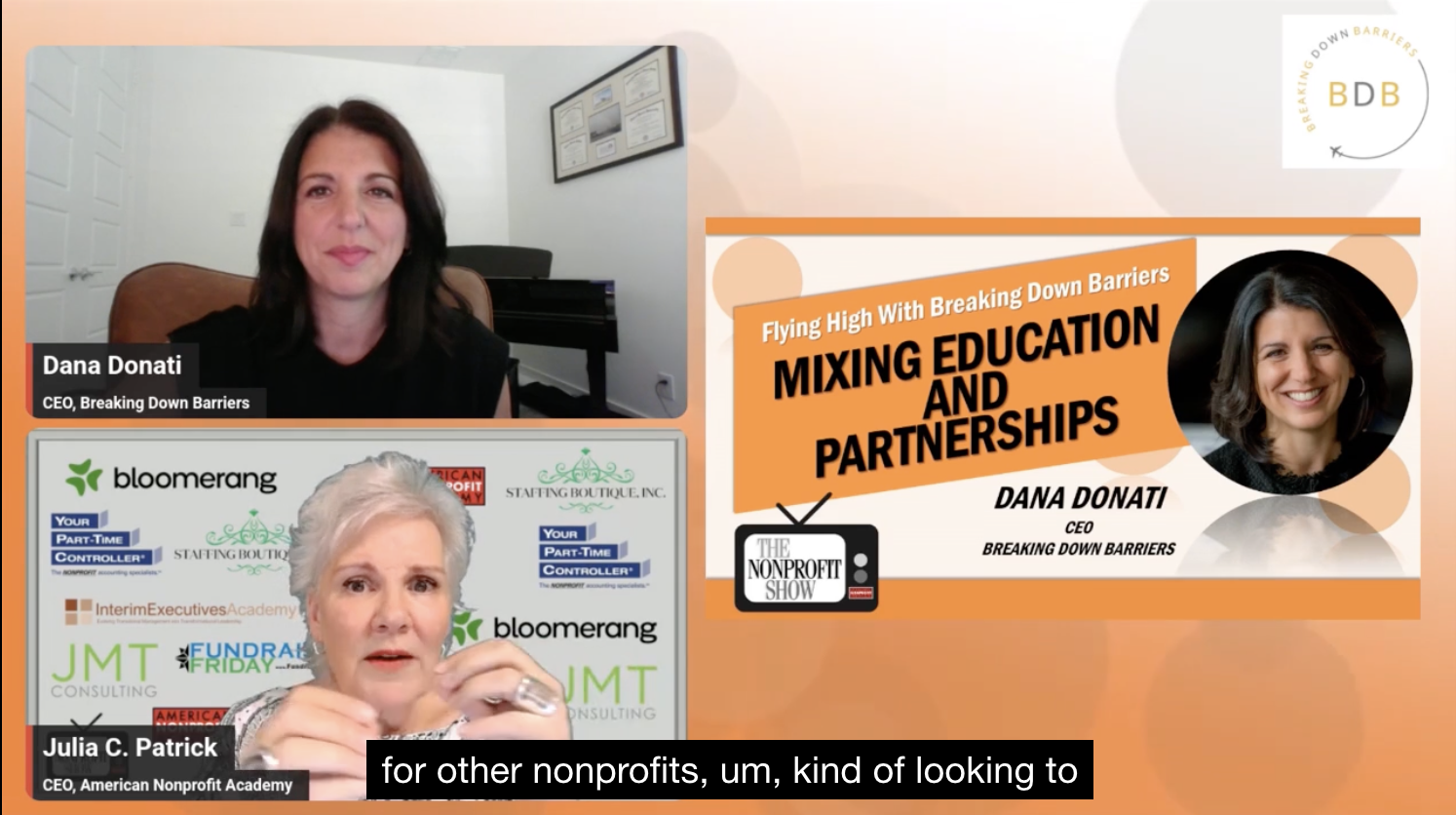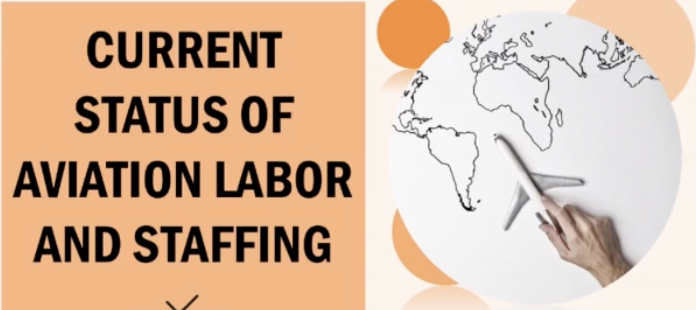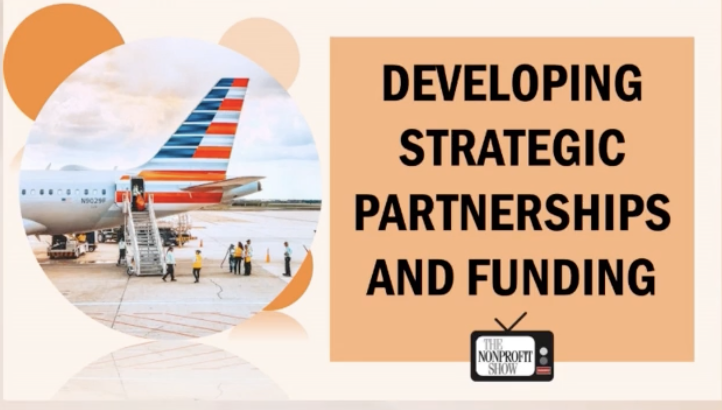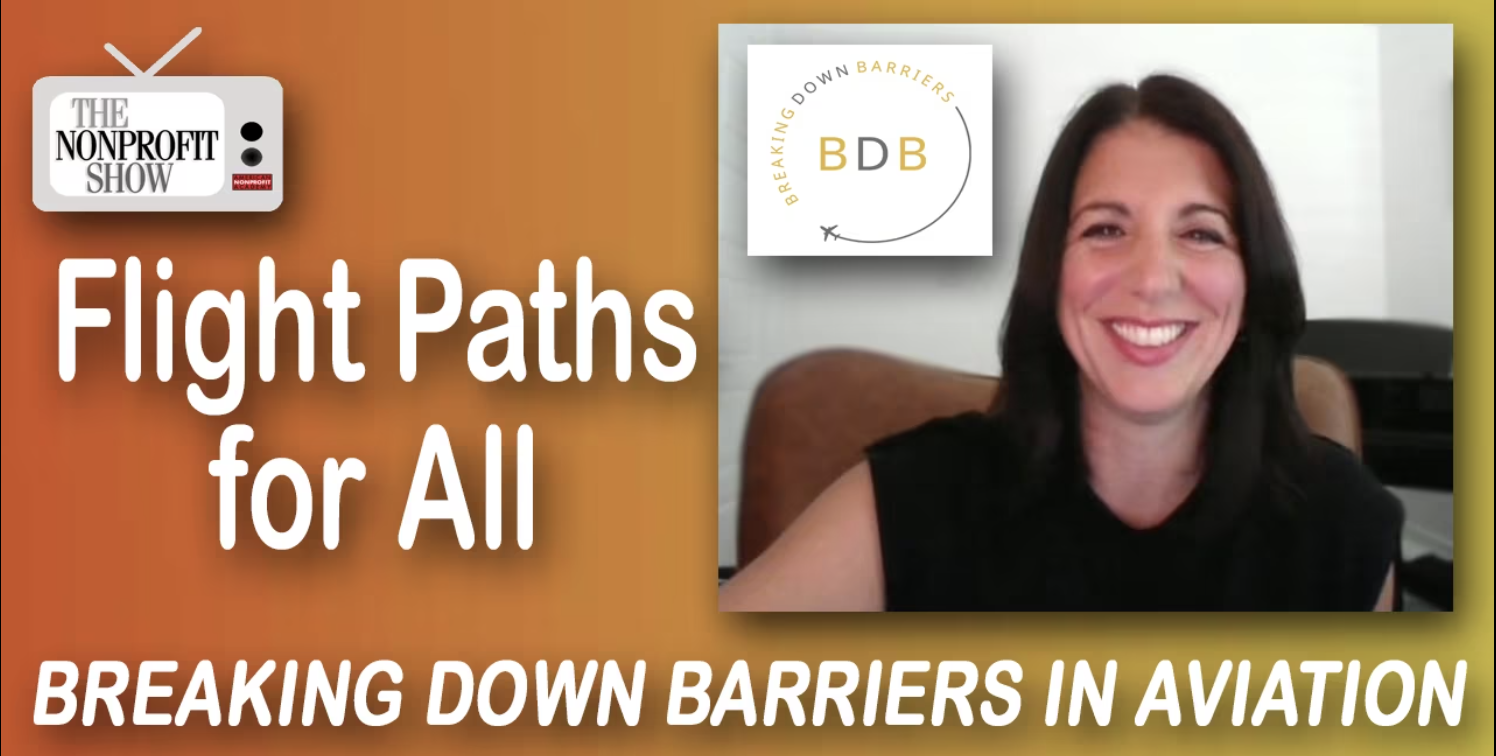When you think about who gets to fly an airplane, is it still a picture of a silver-haired captain stepping out of a military jet? Let’s be real: for too long, aviation has left certain groups stuck on the tarmac. But one morning near Dallas, a classroom of curious fifth graders got to see something totally different: a Black female pilot sharing her love for flying. That spark isn’t an accident; it’s the quiet revolution led by Breaking Down Barriers—a nonprofit that believes the sky is for everyone, not just the privileged few. I once sat inside a chilly cockpit as a teenager, wide-eyed and overwhelmed by the sea of buttons and switches. If nobody had opened that flight deck to me, I’d have never pictured myself in the captain’s seat. It only takes one opportunity to change a life’s course—and, honestly, maybe even an entire industry.
Cracking Open the Cockpit: The Diversity Gap in Aviation
When you think of airline pilots, air traffic controllers, or aviation mechanics, who comes to mind? For many, the image is still overwhelmingly white and male. This isn’t just a stereotype—it’s backed by numbers that reveal a stark diversity gap in aviation. In the United States, only 3.5% of airline pilots identify as Black, and just 0.5% are Black females. Women overall make up a mere 7% of all airline pilots. These statistics highlight a persistent challenge: underrepresentation in aviation is not an accident, but a generational issue.
The roots of this problem run deep. Historically, aviation career pathways have been closely tied to military service, a route that hasn’t always been accessible to everyone. While new civilian routes are opening up, barriers remain—especially for underrepresented communities. The high cost of flight training, limited outreach, and a lack of visible role models all play a part. As one industry leader put it:
“It’s hard to imagine yourself in a pilot’s seat if you never see anyone who looks like you there.”
But the diversity gap isn’t limited to pilots. It extends to air traffic controllers, aircraft mechanics, and leadership roles throughout the aviation industry. This lack of representation means fewer voices and perspectives shaping the future of flight, and it also impacts workforce development as the industry faces a looming talent shortage.
You might wonder, why does this gap persist? Research shows that early exposure is crucial for changing career trajectories. Many pilots and aviation professionals trace their passion back to a childhood moment—a field trip to an airport, a chance to peek into a cockpit, or a conversation with a mentor who saw their potential. Without these sparks, talented young people from underrepresented communities may never consider aviation as a viable career.
Organizations like Breaking Down Barriers (BDB) are working to change this narrative. By partnering with schools and nonprofits, BDB brings aviation outreach and awareness to communities that have historically lacked representation. Their mission is to identify high-achieving minorities with the aptitude and skills to become airline pilots, and then provide them with flight training scholarships and mentorship opportunities. This support helps students not only enter the field but also build the flight hours and experience needed to advance to regional and major airlines.
The challenge is immense. The aviation sector is facing a wave of retirements, especially among experienced pilots. As one expert notes, “You’re not necessarily anywhere close to replacing who’s retiring.” This workforce crisis makes it even more important to open aviation career pathways to a broader, more diverse pool of talent.
By focusing on outreach, mentorship, and financial support, organizations like BDB are helping to close the diversity gap in aviation. They’re proving that with the right exposure and resources, the cockpit—and the entire aviation industry—can become a place where everyone has a chance to soar.

The Nonprofit Blueprint: How Breaking Down Barriers Changes Everything
When you first look at the world of aviation, the path to becoming a pilot can seem confusing and out of reach. There are so many routes: university programs, community colleges, technical flight schools, and even the military. Each option has its own challenges and benefits, but for many students—especially those from underrepresented backgrounds—the biggest hurdle is simply knowing where to start. That’s where Breaking Down Barriers (BDB) steps in, reshaping the future of aviation through targeted flight training scholarships, inventive mentorship programs, and early aviation outreach.
BDB’s Dual Rocket Boosters: Scholarships and Mentorship Rotations
BDB’s approach is both practical and visionary. The organization, founded by Doug and Gwen Parker, recognized early on that financial barriers keep too many talented students grounded. The cost of flight training is steep—often tens of thousands of dollars. For many, that price tag alone is enough to shut the door on their dreams. Research shows that scholarships and mentorship are the best antidotes to this kind of systemic exclusion. That’s why BDB awards about 12 aviation scholarships each year, focusing on students in Dallas, Texas, and aiming to expand nationwide.
But money isn’t the only barrier. Many young people never even consider aviation because they don’t see pilots in their families or communities. BDB tackles this head-on by starting outreach early—sometimes as early as first grade. By planting the seed of possibility before students have chosen a career path, BDB opens doors that might otherwise stay closed. The organization visits K-12 classrooms, community colleges, and local events, making aviation visible and accessible to all.
Why Financial Barriers Keep Too Many Grounded—and What Real Support Looks Like
It’s not just about awareness. Even when students are interested, the high cost of training can be overwhelming. BDB’s flight training scholarships are designed to remove this obstacle. These aren’t just one-time awards—they come with a commitment to mentorship and community uplift. By supporting students who might otherwise be left out, BDB is helping to diversify the pilot workforce, which research indicates is still overwhelmingly white and male. In fact, only 3.5% of U.S. airline pilots identify as Black, and just 0.5% as Black female pilots. The need for change is urgent.
Mentoring That Works: Three-Month Rotations, Not Lifelong Commitments
Mentorship is another critical piece of the puzzle. Traditional mentorship models often fizzle out or become stale. BDB’s solution? A dynamic, three-month rotation system. As CEO Dana Donati explains,
We have our mentors on a three month rotation...it’s building out the students’ aviation network because that’s huge.
This approach keeps engagement high and exposes students to a wide range of industry voices. Instead of relying on a single mentor, students build a network of contacts—sometimes ten or more in a single year. This continuous exposure and diverse mentorship make a lasting impact, giving students the support and confidence to persist through the challenges of aviation training.
By combining aviation mentorship, scholarships, and early outreach, BDB is not just opening doors—it’s changing the entire landscape. The organization’s blueprint proves that with the right support, anyone can find their flight path, regardless of background or bank account.

From Scholarships to Take-Off: Influence Beyond the Runway
When you think of aviation scholarships in Dallas, Texas, you might picture a single student earning their wings and soaring into a new career. But at Breaking Down Barriers (BDB), the journey doesn’t end with one person’s success. Instead, it’s the beginning of a ripple effect—one that transforms not just individuals, but entire communities. This is workforce development with a difference, rooted in community engagement and a pay-it-forward philosophy.
From day one, every BDB scholarship recipient signs a promise: after advancing in aviation, they will give back. This isn’t just a feel-good gesture. It’s a structural expectation woven into the very fabric of BDB’s mission. As one leader at BDB puts it:
Our goal really is for our students to go back into the community and help others get into aviation.
Why is this so important? Research shows that a pay-it-forward structure builds sustainability and trust. When students return to their communities as mentors, role models, and advocates, they inspire the next generation. They also help cement a lasting legacy of diversity in aviation—a field where only 3.5% of U.S. airline pilots identify as Black, and less than 1% as Black female pilots.
BDB’s approach to aviation career development goes far beyond scholarships. Through strategic partnerships nonprofit initiatives, BDB collaborates with flight schools across Dallas. Here, students don’t just learn to fly—they become leaders. Many recipients naturally take the lead in organizing informal study sessions and peer support groups. This peer-to-peer mentorship is powerful. It doesn’t always have to come from a seasoned veteran; sometimes, the best guidance comes from someone who’s just a few steps ahead.
You might be surprised at how quickly this culture of giving back takes root. For some students, philanthropic engagement is a new concept. BDB recognizes this and provides training, helping recipients become effective community ambassadors. The expectation is clear: as you rise, you lift others with you.
This model of aviation outreach youth and community engagement is already creating visible change in Dallas and beyond. BDB’s outreach now extends into local schools, planting seeds of curiosity about aviation careers in children as early as elementary school. The organization’s funding—sourced from both individual supporters like the Parkers and ongoing partnerships and grants—ensures that these opportunities continue to grow.
What makes BDB’s model stand out is its focus on sustainability. By requiring every scholarship recipient to become a community ambassador, BDB ensures that the benefits of each scholarship multiply. The result? A network of young aviators who not only break barriers for themselves but also pave the way for others, fostering a more diverse and inclusive aviation workforce.
If you’re looking for a blueprint for lasting change in workforce development and aviation career development, BDB’s pay-it-forward approach is a powerful example. It’s not just about getting one student off the ground—it’s about lifting an entire community to new heights.

Wild Card: What If Every Industry Took a Page from BDB’s Flight Plan?
Imagine a world where every industry, not just aviation, embraced the principles that make Breaking Down Barriers (BDB) so effective. What if the mentorship impact aviation has seen through BDB’s model could be replicated in medicine, engineering, or even STEM fields for the Deaf community? The possibilities are endless when you start to see how access, belief, and visibility can transform not only individual lives, but entire professions.
Consider the story of Dana Donati, BDB’s CEO, who found her calling in aviation not through family connections or early exposure, but through a chance encounter with a flight crew. Her experience highlights a simple truth: “The more experiences we can give them, where they can see past their neighborhoods...there’s a whole world out there of opportunities.” This isn’t just about aviation education; it’s about opening doors that many young people never even knew existed.
Now, think about what would happen if scholarships in every field came with a ‘give back’ clause, just like BDB’s. Recipients wouldn’t just benefit from financial support—they’d also be encouraged to uplift others, creating a cycle of mentorship and opportunity. This pay-it-forward approach has the power to reshape workforce development far beyond the cockpit. Research shows that when underrepresented groups see themselves reflected in mentors and leaders, their engagement and success rates rise dramatically. Imagine the Deaf community leading STEM fields with tailored mentorship networks, or first-generation college students in engineering becoming mentors for the next wave of innovators.
Sometimes, breaking down one barrier creates a whole new runway for others. BDB’s aviation outreach youth programs prove that early exposure matters. When students visit airports, meet pilots, and see themselves in those roles, their dreams expand. If other high-skill professions adopted similar outreach, we could see a new generation of doctors, engineers, and scientists from backgrounds that have historically been left out.
BDB’s model is more than just a blueprint for aviation. It’s a call to action for every sector that struggles with diversity and inclusion. By focusing on mentorship, community engagement, and accessible opportunities, any industry can start to close the gaps that keep talented individuals on the sidelines. The impact isn’t just personal—it’s systemic. When you remove barriers for one person, you often clear the path for many more to follow.
As you reflect on the future of workforce development, ask yourself: what if every industry took a page from BDB’s flight plan? The answer could be a more inclusive, innovative, and dynamic workforce—one where every young person, no matter their background, can look up and see a sky full of possibilities.
TL;DR: Breaking Down Barriers is opening up the world of aviation for young people from underrepresented backgrounds, providing access to scholarships, mentors, and the kind of guidance that truly takes flight. Their hands-on, relationship-driven model is reimagining who belongs in the cockpit—proving that everyone deserves a direct path to the skies.
Hats off to the CEO of BreakingDownBarriers.org for the insightful content shared in the video! License: Creative Commons Attribution (Reuse Allowed) Date: July 2025 Original Video URL: https://vimeo.com/1103212997



